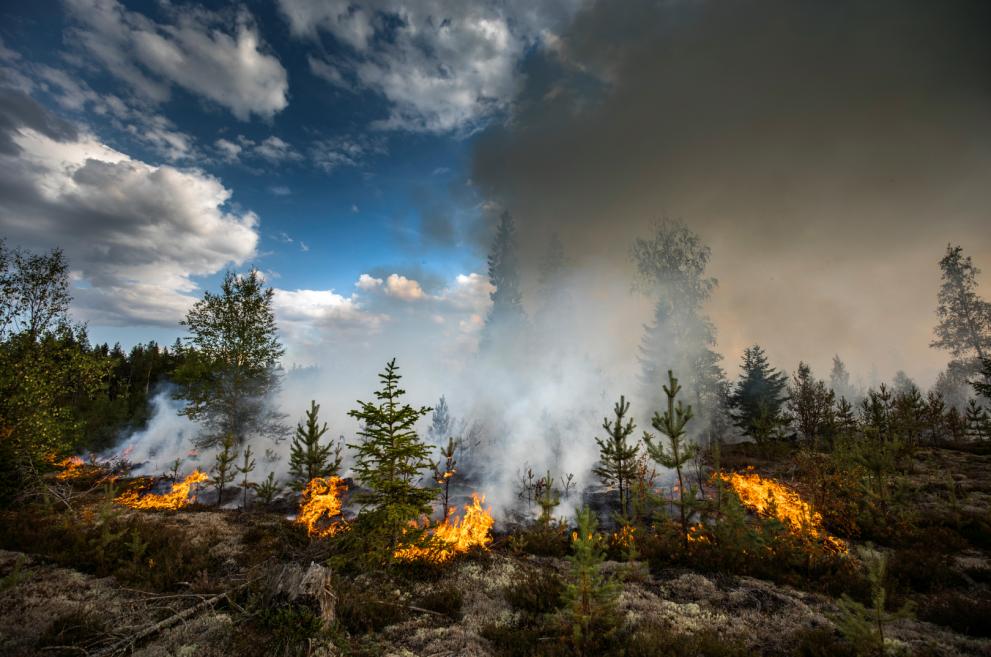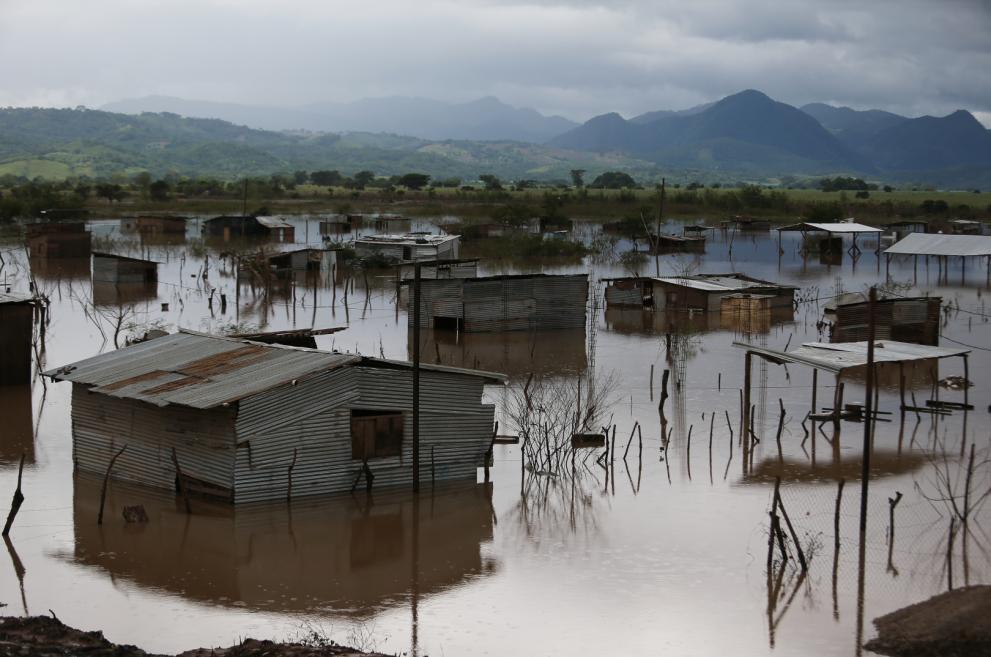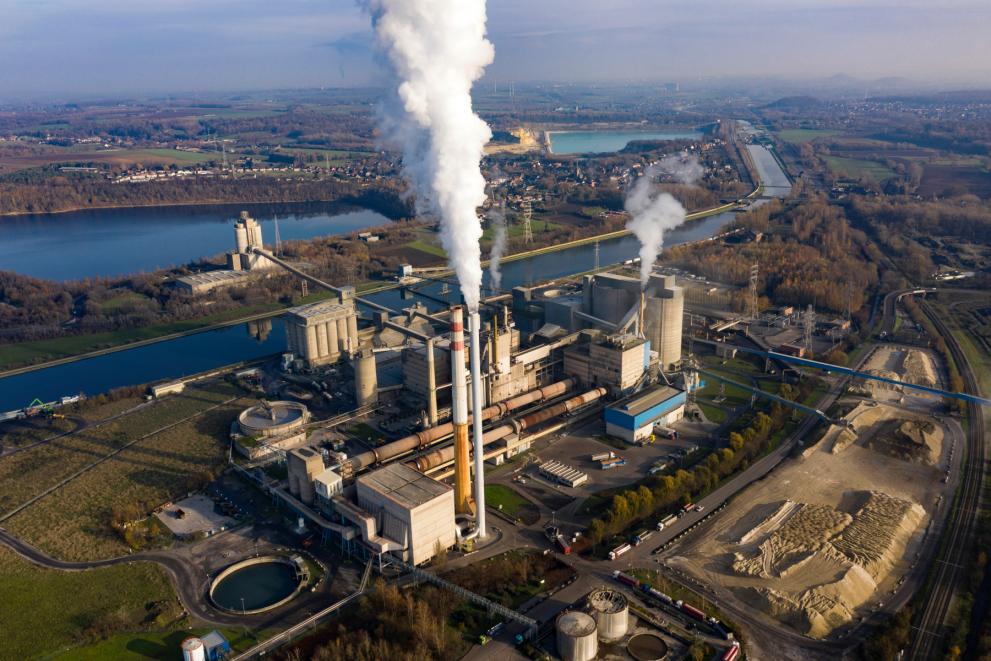Flooding is the most common and economically costly natural hazard to affect Europe annually, with all EU Member States identifying it in their national risk assessments. The effects of flooding are set to worsen as a result of increased global temperatures due to increased precipitation in Northern Europe, more extreme weather events, and urban sprawl. Extreme flooding is set to worsen in Europe, especially affecting Northern Europe, putting more people at risk of death, waterborne disease, and injury. Flooding is also severely destructive to infrastructure, expected to cost the EU EUR 7.8 billion annually for river flooding and EUR 1.4 billion for coastal flooding, according to the 2020 PESETA IV report.





